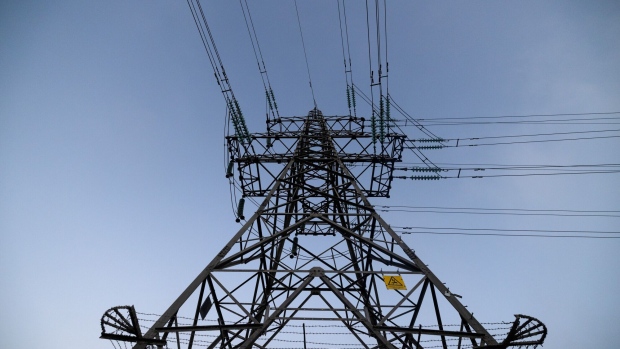Romania is racing to build a new multi-billion-euro high-voltage cable to transport power across the country and to neighboring Hungary as it aims to nearly double its renewable energy production and become a regional power supplier.
The Balkan country, which expects to add 10,000 megawatts in renewable energy production by 2030, is hoping to complete a detailed feasibility study in six months, Energy Minister Sebastian Burduja said in an interview in Bucharest. The report will determine the capacity of the cable, estimated to cost over €3 billion euros ($3.2 billion), a lot for the country as it battles a widening deficit.
“For us this cable is the number one priority,” which needs to be wrapped up by 2028-29, Burduja said. “The high-voltage direct current cable project is an additional tool for the power grid to absorb all this renewable energy, ensure a balance and also be able to export to the other countries in western Europe.”
The cable would add a key link to the bigger European market, enabling Romania to export excess electricity when it’s sunny or windy and import when it has a shortfall. It will also help move power from where it’s generated to demand centers throughout the nation. Making better use of renewable assets is a crucial part of Europe’s plan to wean itself off fossil fuels and in particular Russian gas.
The country, which already hosts one of Europe’s largest onshore wind projects on the Black Sea coast with a total capacity of 600 megawatts, is witnessing a wave of investments, mostly in solar projects, amid different support mechanisms partly funded by the European Union to speed up the transition to a green economy. It currently has about 11,000 megawatts of renewable capacity.
The country is seeking investors with the expertise and financial backing to build the new cable that could run along the BRUA gas pipeline and link its southeastern region to Hungary, according to Burduja.
Source : BNN


